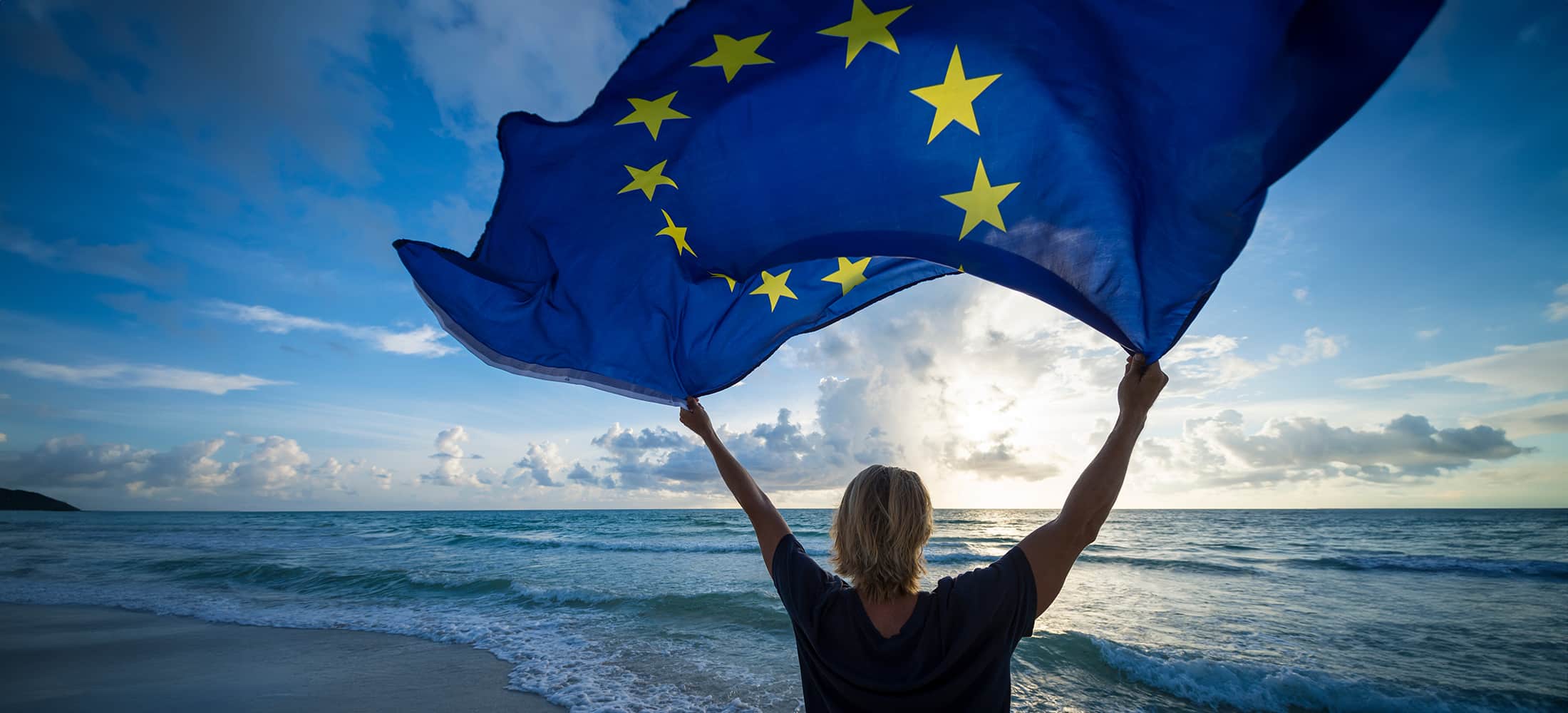More than four years after the UK formally left the European Union, trade between the two remains a central part of many supply chains.
Yet in 2025, the customs environment is still evolving. Diverging regulations, sector-specific rules, and ongoing updates to compliance systems mean that businesses must remain vigilant to keep goods flowing smoothly. For freight forwarders, navigating these changes has become a blend of regulatory expertise, technology adoption, and proactive communication.
The Shifting Post-Brexit Landscape:
When the UK exited the EU, new customs checks, documentation requirements, and safety standards were introduced. Initially, both sides sought to maintain alignment in some areas, but over time, regulatory divergence has grown. Certain sectors — such as chemicals, food and drink, and agricultural products — face stricter rules, including separate UK and EU safety assessments and sanitary/phytosanitary (SPS) procedures. Even small differences in labelling, packaging, or certification can now cause delays at borders.
The Cost of Divergence for Trade:
Divergent regulations mean more paperwork, longer lead times, and higher costs. Importers and exporters must adapt to different product codes, submit separate declarations, and in some cases, carry out duplicate inspections. For just-in-time supply chains, this added complexity can disrupt production schedules and increase inventory requirements. Logistics providers are also contending with variability in processing times across different ports and entry points, adding unpredictability to transit planning.
How Forwarders Can Keep Goods Moving:
To manage these challenges, many freight forwarders are investing in digital customs tools that automate declaration submissions, flag potential compliance issues, and store regulatory data for repeat shipments. Building strong relationships with customs brokers on both sides of the Channel helps ensure that paperwork is processed quickly and accurately. Some shippers are rethinking their distribution models — for example, using warehousing in both the UK and EU to reduce the frequency of cross-border movements.
Preparing for Future Changes:
Brexit-related customs divergence is not static; further changes are likely as both the UK and EU adjust their trade policies and regulatory priorities. Businesses that regularly review their compliance procedures, train staff in updated requirements, and maintain open communication with supply chain partners will be better equipped to adapt.
Looking Ahead:
While the initial shock of Brexit may have passed, its legacy is a customs environment that demands agility, attention to detail, and a readiness to respond to shifting rules. In 2025, success in UK–EU trade depends on combining compliance expertise with technology-driven efficiency, ensuring goods continue to move without unnecessary delay or cost.
At Oceanside Logistics, we are committed to leveraging the latest digital freight solutions to provide seamless, efficient, and cost-effective logistics services. As the industry continues to evolve, we remain at the forefront of innovation, helping businesses navigate the future of global trade.If you would like to discuss this further please contact us to arrange a consultation with one of our experts.








